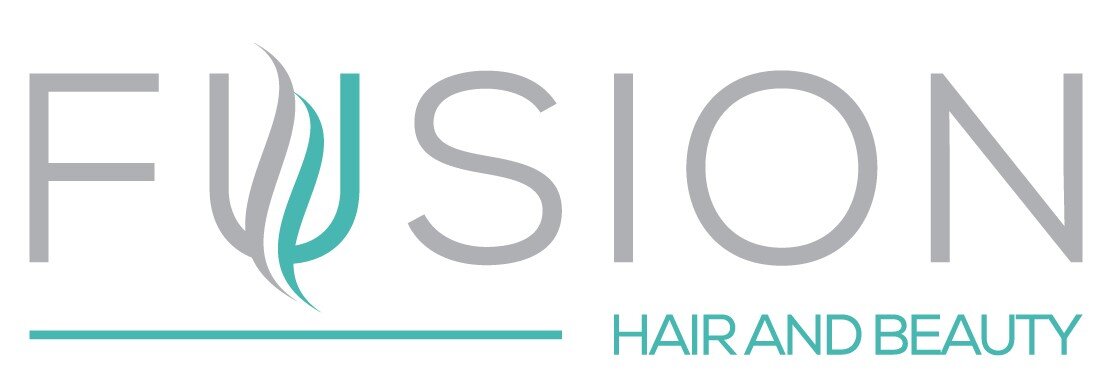Shedding vs. Breakage: Understanding the Difference and Preventing Hair Loss
When it comes to hair health, many people struggle to distinguish between shedding and breakage. While both involve losing strands, the causes and solutions differ significantly. Understanding the difference is key to maintaining strong, healthy afro hair.
What is Shedding?
Shedding is a natural part of the hair growth cycle. Each hair strand goes through a life cycle that includes growth (anagen), transition (catagen), and rest (telogen). Once a strand reaches the end of its cycle, it naturally falls out to make room for new growth.
Signs of Shedding:
Hair strands have a small white bulb at the root.
Strands fall out evenly across the scalp.
Losing 50-100 hairs per day is considered normal.
Common Causes of Shedding:
Seasonal changes (e.g., increased shedding in autumn and spring)
Stress or hormonal imbalances
Postpartum hair loss
Nutritional deficiencies
Certain medications
What is Breakage?
Breakage, on the other hand, occurs when the hair shaft becomes weak and snaps. Unlike shedding, breakage is preventable and often results from damage or poor hair care practices.
Signs of Breakage:
Short, uneven strands without a white bulb at the root.
More noticeable thinning at the ends.
Hair feels dry, brittle, or rough.
Common Causes of Breakage:
Overuse of heat styling (blow-dryers, flat irons, curling wands)
Excessive manipulation (tight hairstyles, rough combing)
Lack of moisture and deep conditioning
Using harsh products (sulfates, drying alcohols, and excessive protein treatments)
Sleeping on cotton pillowcases without a satin/silk bonnet
How to Prevent Excessive Shedding and Breakage
✔ Maintain a Healthy Diet – Eating nutrient-rich foods like leafy greens, nuts, and protein-packed meals can strengthen hair from within.
✔ Reduce Heat Styling – Limit heat use and always apply a heat protectant before styling.
✔ Moisturize Regularly – Use leave-in conditioners, deep conditioning treatments, and hydrating oils to keep hair supple.
✔ Use Protective Styles Wisely – Avoid tight hairstyles that cause tension on the scalp and edges.
✔ Sleep Smart – Switch to satin/silk pillowcases or wear a satin bonnet to reduce friction.
✔ Handle Hair with Care – Detangle gently with a wide-tooth comb or fingers and avoid over-brushing.
✔ Manage Stress – Practice relaxation techniques like yoga, meditation, or regular exercise to reduce stress-related hair loss.
When to Seek Professional Help
If you notice excessive hair shedding beyond the typical range, bald patches, or persistent thinning, consult a professional hairstylist or trichologist. Some hair loss conditions, such as alopecia or scalp disorders, require medical attention.
By understanding the difference between shedding and breakage, you can make informed choices to maintain your hair’s strength and vitality. Healthy hair starts with proper care, hydration, and a consistent routine tailored to your hair’s needs!
Ready to Give Your Hair the Best Care?
If you're experiencing excessive shedding or breakage, let our expert stylists help you restore your hair’s health! At Fusion Hair and Beauty, we specialize in natural afro hair care, offering deep treatments, trims, and personalized consultations to keep your curls thriving. 💆🏾♀️✨
📅 Book your appointment today! Click here www.fusionsalon.co.uk to schedule your visit or call us at 01159296609.
📍 Visit us at 358 Aspley Lane, Nottingham, NG8 5GB, U.K. – Let’s get your hair back to its healthiest state! 💛 #HealthyHairJourney
